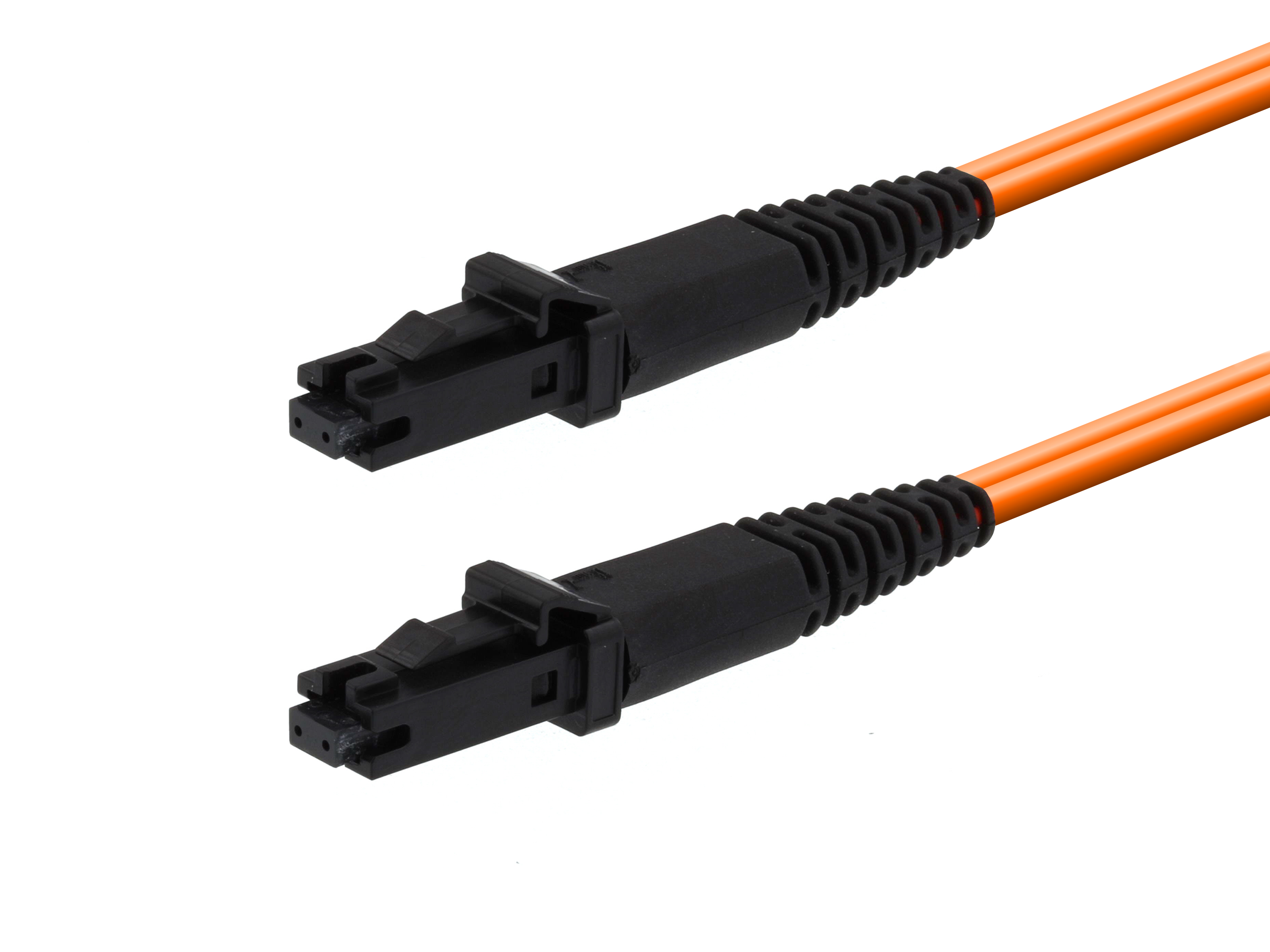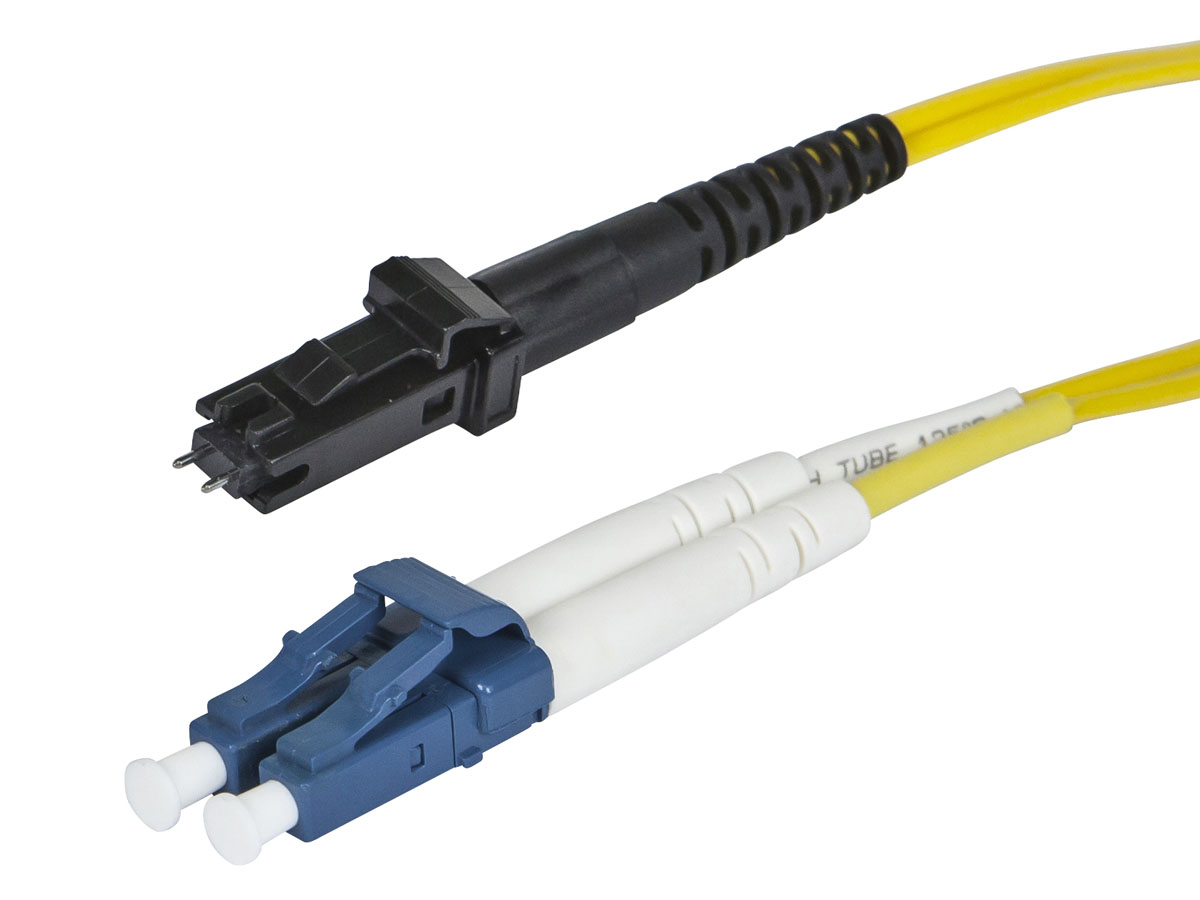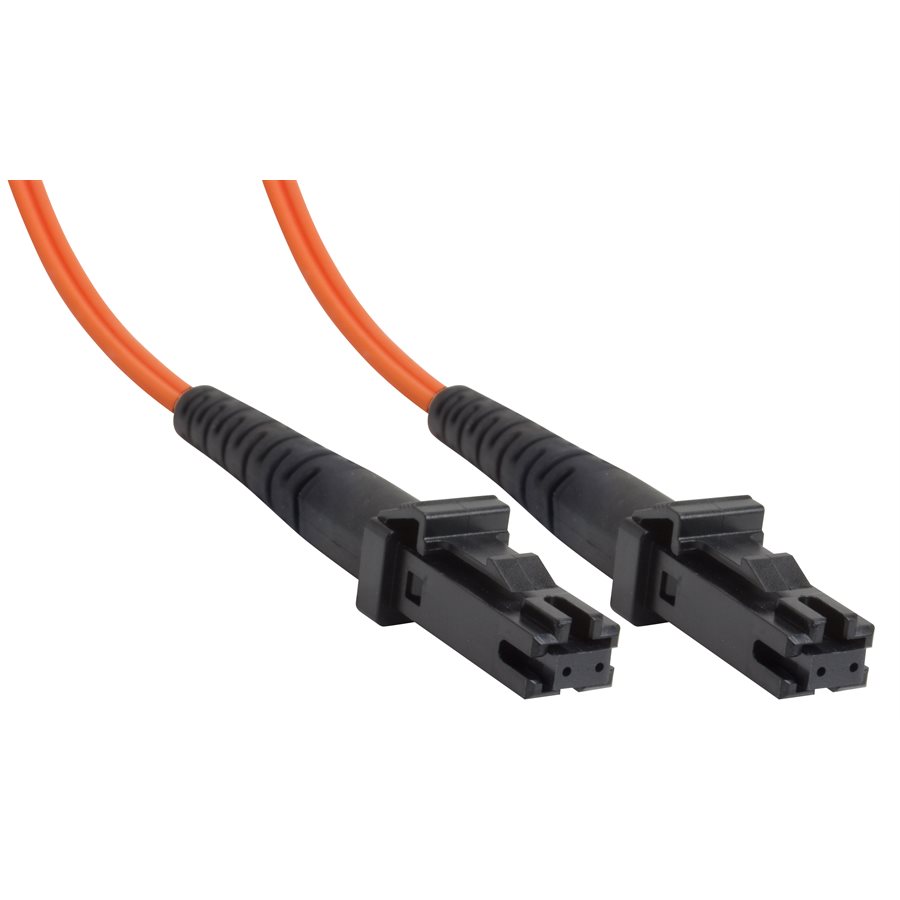

So what are the differences and what do they mean to your implementation? This table of common multimode fiber connectors gives an overview of strengths and weaknesses.

Each one has its own advantages, disadvantages, and capabilities. The most commonly used fiber optic connector types include ST, SC, FC and LC. There are many multimode fiber connector types in circulation such as ST, SC, FC, LC, MU, E2000, MTRJ, SMA, DIN as well as MTP & MPO etc. Multimode Cabling Cost Multimode Fiber Connectors Types Know more infro about single mode vs multimode fiber here: Single-mode Cabling Cost vs. Price-Multimode fiber usually cost less than single mode fiber.īandwidth-The bandwidth of single-mode is higher than multimode as much as 100,000 GHz. When distance is beyond 550m, single mode fiber is preferred. So multimode fiber is suitable for short haul application, allowing transmission distances of up to about 550m at 10Git/s. While single mode devices use a laser, or laser diode, to produce light injected into the cable.ĭistance-Light travels a longer distance inside single mode cable than it does inside multimode. Light Source-Multimode devices usually use a LED or laser as a light source. Multimode fiber optic cable has a large diametral core(50 to 100 microns) that allows multiple modes of light to propagate. What’s the Differences Between Single Mode and Multimode Fiber? Technical differenceĬore Diameter-Single mode fiber has a small diametral core(8.3 to 10 microns) that allows only one mode of light to propagate. Physical difference mainly lies in diameter, jacket color, optical source and bandwidth, which is described in the following table. Watch the following video to learn the differences between OM1, OM2, OM3, OM4 & OM5 multimode fibers. Accordingly, physical difference leads to different transmission data rate and distance. The prime distinction between multimode fibers rests on physical difference. More details can be found at: Three Critical Focuses on OM5 Fiber Optic Cable OM1 vs OM2 vs OM3 vs OM4 vs OM5: What’s the Difference? It is designed and specified to support at least four WDM channels at a minimum speed of 28Gbps per channel through the 850-953 nm window. The color of OM5 fiber jacket was chosen as lime green.

It has the same core size as OM2, OM3, and OM4. OM5 fiber, also known as WBMMF (wideband multimode fiber), is the newest type of multimode fiber, and it is backwards compatible with OM4. And it’s able to run 40/100GB up to 150 meters utilizing a MPO connector. OM4 was developed specifically for VSCEL laser transmission and allows 10 Gig/s link distances of up to 550m compared to 300M with OM3. OM4 fiber is completely backwards compatible with OM3 fiber and shares the same distinctive aqua jacket. Besides, OM3 is able to support 40 Gigabit and 100 Gigabit Ethernet up to 100 meters, however, 10 Gigabit Ethernet is most commonly used. OM3 supports 10 Gigabit Ethernet at lengths up to 300 meters. Like the OM2, its core size is 50 µm, but the cable is optimized for laser based equipment. OM3 fiber comes with an aqua color jacket. It supports up to 10 Gigabit Ethernet at lengths up to 82 meters but is more commonly used for 1 Gigabit Ethernet applications. Likewise, OM2 fiber also comes with an orange jacket and uses a LED light source but with a smaller core size of 50 µm. This type commonly uses a LED light source. It is most commonly used for 100 Megabit Ethernet applications. It can support 10 Gigabit Ethernet at lengths of up to 33 meters. OM1 fiber typically comes with an orange jacket and have a core size of 62.5 µm. It can transmit farther at lower data rates, such as going about 2km at 100Mb/s. The maximum transmission distance for MMF cable is around 550m at the speed of 10Git/s. Because of this, more data can pass through the multimode fiber core at a given time. Multimode fiber optic cable has a larger core, typically 50 or 62.5 microns that enables multiple light modes to be propagated. Multimode fiber (MMF) is a kind of optical fiber mostly used in communication over short distances, for example, inside a building or for the campus. OM1 vs OM2 vs OM3 vs OM4 vs OM5, which to choose? You may get answer in this article. With so many options, it can be tough to select the most suitable multimode fiber. There are several kinds of multimode fiber types available for high-speed network installations, and each with a different reach and data-rate capability. Multimode fiber is a common choice to achieve 10 Gbit/s speed over distances required by LAN enterprise and data center applications.


 0 kommentar(er)
0 kommentar(er)
